sustainability
UN SDGs
The UN SDGs provide us – and governments, organisations and companies around the world – with a common framework.

SDG Focused Goals
Reduce GHG emissions by at least 35% by 2035,
and achieve net zero GHG emissions by 2050 (as benchmarked against the Group’s 2018 GHG emissions)
Disclosed in the 2023 Pathway to Net Zero Progress and the Net zero site
The main progress made within the Metals segment relates to the technological improvement of aluminium smelters. In the Power segment, modernisation and a study of the improvement of energy efficiency is ongoing.
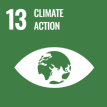
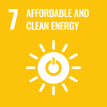
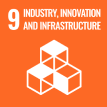
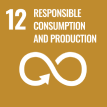
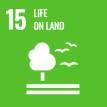
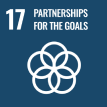
By 2030, eliminate untreated wastewater discharge generated by the Power segment
Ongoing modernisation and construction of new treatment facilities for hydropower, coal and municipal treatment facilities, under the Company’s jurisdiction. Work is also underway to reduce the risks of untreated wastewater discharges from heat generation facilities. Inventory of remaining facilities and formation of plans for wastewater treatment is planned for 2023-2024.
UN SDG




By 2030, minimise non-production water losses through technological optimisation
Ongoing analysis of the water consumption and wastewater disposal of coal facilities in order to identify unproductive losses and means to reduce them.
UN SDG


Increase use of alternative energy sources by 2030
Metals segment: Over 99% of energy used by aluminium smelters is from low-carbon renewable sources (including over 98% hydropower).
Power segment: The Power segment is increasing the production of renewable electricity through the construction of new HPPs and increased efficiency of existing HPPs




By 2025, deploy recycled water systems for main processes in the Metals segment
The total share of recycled water used for production needs of enterprises in 2022 was 91.5%
UN SDG


Reduce the average carbon intensity of generated and consumed electricity
1. Construction of new HPPs and further development of renewable energy sources
2. Energy efficiency improvement projects
3. Research on optimisation of the Group’s CHP operational regimes to minimise fuel consumption per unit of energy produced





By improving hydropower plant efficiency, increase clean electricity generation
y 2.5 TWh, from the same amount of water passing through the turbines, and prevent over 2.5 million tonnes of CO2eq emissions per annum from 2025
Annual hydropower production increased by 1.9 TWh (76% completed), preventing emissions of 2.23 tC02e (89% completed relative to the 2007 baseline) due to partial replacement of demand of CHP generated electricity. The drop in progress from 2022 is due to the low water period on the Yenesei River.
UN SDG



By 2024, develop programmes and action plans
for biodiversity conservation for pilot facilities
(for three existing operational facilities in each segment)
Metals segment: 30% completed (one of three stages completed for each facility)
Power segment: 100% completed





By 2030, develop programmes and action plans for biodiversity conservation for the
Group’s facilities with identified biodiversity risks
Metals segment: potential impacts on biodiversity are assessed and ecosystem services are reviewed for facilities that are certified according to ASI standards. Currently, such work is being completed at 3 out of 13 certified enterprises.
Power segment: on course.





Case studies

Forests protection initiatives
The Company carries out diverse projects aimed at growing and protecting forests. For instance, ‘The Green Wave’ initiative was launched in 2017.

Unique inert anode production technology
Inert anode technology makes it possible to replace classic carbon anodes with inert non-consumable materials – ceramics or alloys.

Environmental monitoring of Lake Baikal
En+ conducted the second annual expedition of the ecological monitoring of Lake Baikal.
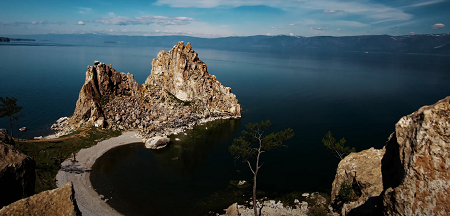
Environmental Projects Grant Competition
The first grant competition aimed at protecting Lake Baikal and aquatic ecosystems from adverse environmental impacts was held in 2020.
Contacts
For investors IR Department
For media PR Department